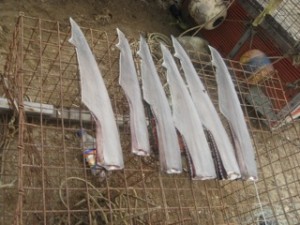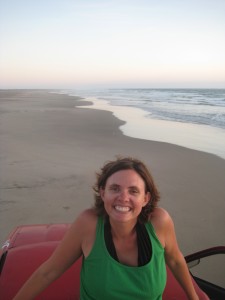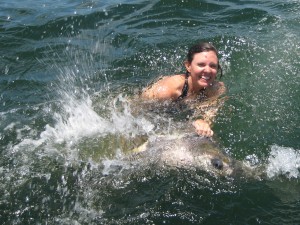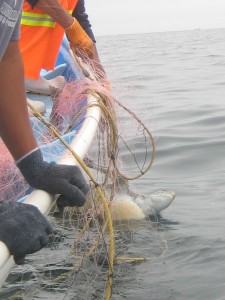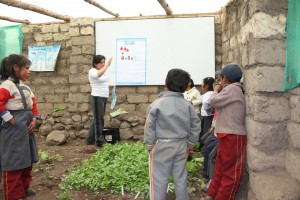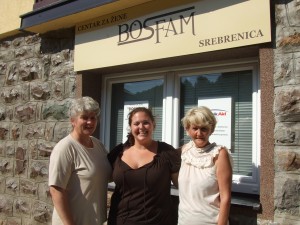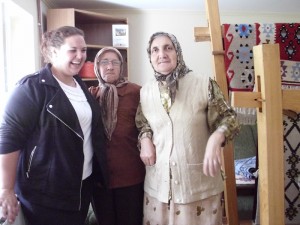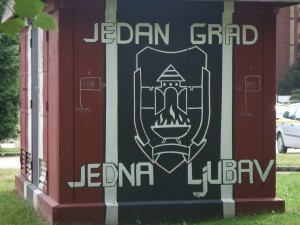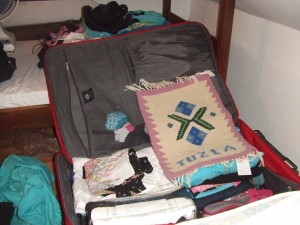Beyond the Classroom: Digitally, Remotely & Glocally –
Guts and Grace Abroad!
”All you need is guts and grace” is a fitting quote to anyone successful I’ve met working globally across the world. In some fashion or another, from the business to the educational sector, from non-profit to simply networking after work, those who step out of their comfort zone more often than not are generously rewarded. These are the inspirational characters. When they are met with challenge or a roadblock, they tend to live by the saying, “there’s always another way to get where you’re going.”
For many around the world, it is not easy to reach out to someone you don’t know to ask for help for a school or professional opportunity. It’s hard to take a chance and apply to the program or company you don’t know much about, or travel to a country alone you’ve never been, even if it’s in return for the opportunity of a lifetime. But if you don’t go, you won’t know, right?
I am currently in Europe for a work trip I was able to put together through some of my summer client project work. I’ve been able to travel over land for much of it and cover some good ground and cultural exchanges while at it. I’ve traveled to Barcelona, through Eastern Europe and to Budapest to give a global communications training. 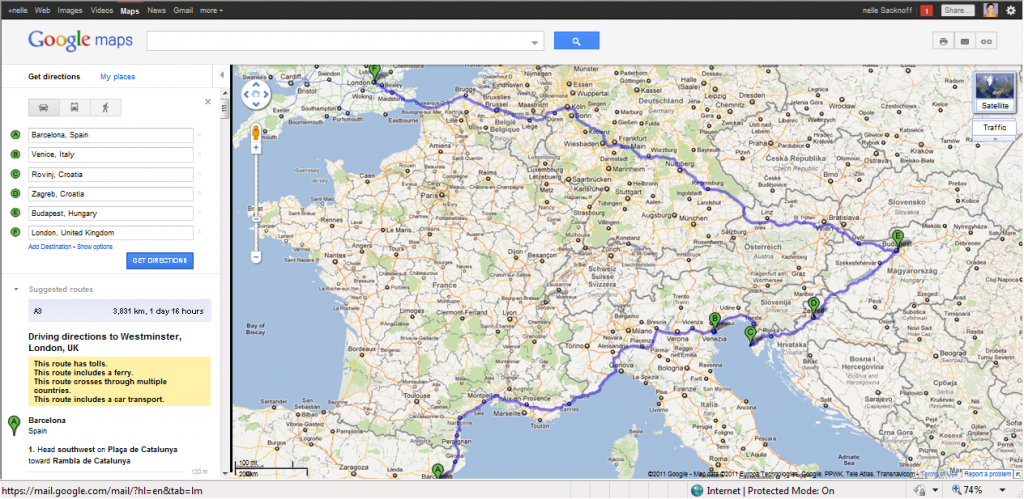 Heading over to London to get back to Boston and then MIIS, while visiting a cousin, we discussed his experience working in the technology sector managing large global teams from various countries in Europe and Asia. We talked about some of the challenges of conducting businesses and global communications with so many foreign cultures, diverse expectations and perspectives. He asked me a good question. Why don’t sales teams at big global companies give cultural trainings to people like me who are moved overseas to work, in order to prepare them to work with different teams and clients from different backgrounds and cultures? He thought there could be a lot he could’ve been trained on ahead of time to help him acclimate and work more efficiently upon arrival to the new placement. Well to answer his question — they do. Many organizations and companies do provide cultural training before employees get transferred overseas or get sent out to work in the field. However, more often than not, after checking in with a friend who consults in this space — employees in the corporate sector have to specifically request this type of training. It is not usually compulsory. If it is mandatory, the training is often short-lived and maybe just includes some reading, compared to the months of preparation the state department or the weeks of training the non-profit sector might provide. In this conversation, my cousin and I talked about similar issues we focus on a lot in our MPA classes in terms of organizational sustainability and considerations when facilitating and fostering participatory management and effective leadership.
Heading over to London to get back to Boston and then MIIS, while visiting a cousin, we discussed his experience working in the technology sector managing large global teams from various countries in Europe and Asia. We talked about some of the challenges of conducting businesses and global communications with so many foreign cultures, diverse expectations and perspectives. He asked me a good question. Why don’t sales teams at big global companies give cultural trainings to people like me who are moved overseas to work, in order to prepare them to work with different teams and clients from different backgrounds and cultures? He thought there could be a lot he could’ve been trained on ahead of time to help him acclimate and work more efficiently upon arrival to the new placement. Well to answer his question — they do. Many organizations and companies do provide cultural training before employees get transferred overseas or get sent out to work in the field. However, more often than not, after checking in with a friend who consults in this space — employees in the corporate sector have to specifically request this type of training. It is not usually compulsory. If it is mandatory, the training is often short-lived and maybe just includes some reading, compared to the months of preparation the state department or the weeks of training the non-profit sector might provide. In this conversation, my cousin and I talked about similar issues we focus on a lot in our MPA classes in terms of organizational sustainability and considerations when facilitating and fostering participatory management and effective leadership.
I think my cousin raises a good point. How come when I went to study abroad, they gave us a pretty in depth training at Semester at Sea before we docked at every foreign port to be successful in engaging in each country? Why couldn’t the same idea in international business be used as when I studied abroad in Australia or when I served for a couple years in Latin America through WorldTeach. It is interesting how these types of multi-cultural trainings happen less in the private sector, where there could be more resources to dedicate in the first place.
I believe a person has to have guts to do this type of global work in the first place. However with help from cultural training, what makes people succeed is the grace, diplomacy and meticulous understanding we need to use when working with our colleagues around the world. Training is necessary to inform this process. The grace is what helps a professional meet colleagues in the middle, build bridges (rather than break them), and ultimately allows people (and in the case of my cousin) “close the deal” or manage people successfully at work.
One organization I’ve been working with this summer, Connect-123, a global social enterprise that encourages students around the world to go beyond the study abroad experience, promotes guts and grace through global work experience. They offer tailored intern opportunities with civil society organizations and local entrepreneurs and businesses to contribute to the local culture, economic development and social impact they’re living in. In addition to this, they offer cultural and professional training to help interns acclimate when working in the foreign country. In return, the “beyond the classroom” reward is tenfold academically and personally, while participants of this program develop professionally on a global level.
From Latin America to Eastern Europe, NESsT, another organization I’m working with this summer, works tirelessly with social enterprises and businesses to sustain for profit and marketable opportunities to re-invest in their organization and achieve their mission. While NESsT fulfills their mission to help social enterprises, they also contribute to civil society and promote positive economic and environmental impact in their work. I’ve worked with their Latin American and Eastern Europe offices for the past 9 months and gotten to know them well and the sustainable social impact they are making in emerging markets. Boasting 13 different languages on their global team, they all took a chance in their career to help the growing sector of social enterprise. They carve sustainable solutions out of international development opportunities daily. In doing so, they provide better livelihoods to hundreds of organizations and communities in emerging markets around the world. With a little guts and grace myself, this trip throughout Europe has been solo. During this trip, I’ve gotten to work with colleagues from NESsT in Budapest hailing from Romania, who also work with Slovakia, Croatia, the Czech Republic and Hungary on global communications and management solutions online.
How are you exhibiting guts and grace in your professional and personal life? How do you see innovation playing a part in this, if at all? Do you have good stories to share about others sticking their neck out and making a difference in their own careers, educational journey or to help others?
As I write, I remember how I took a boat, train, bus and plane to get me from Spain over to Budapest and then back to London to fly home. In my own guts and grace global journey, I’ve enjoyed keeping my eyes peeled for new and gutsy confidence and innovation along the way– and looking forward to sharing more later.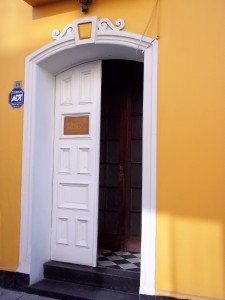
For now, the door is open. Stay bold and take hold of those opportunities; they are out there. They are not waiting on you, so why wait on them?



